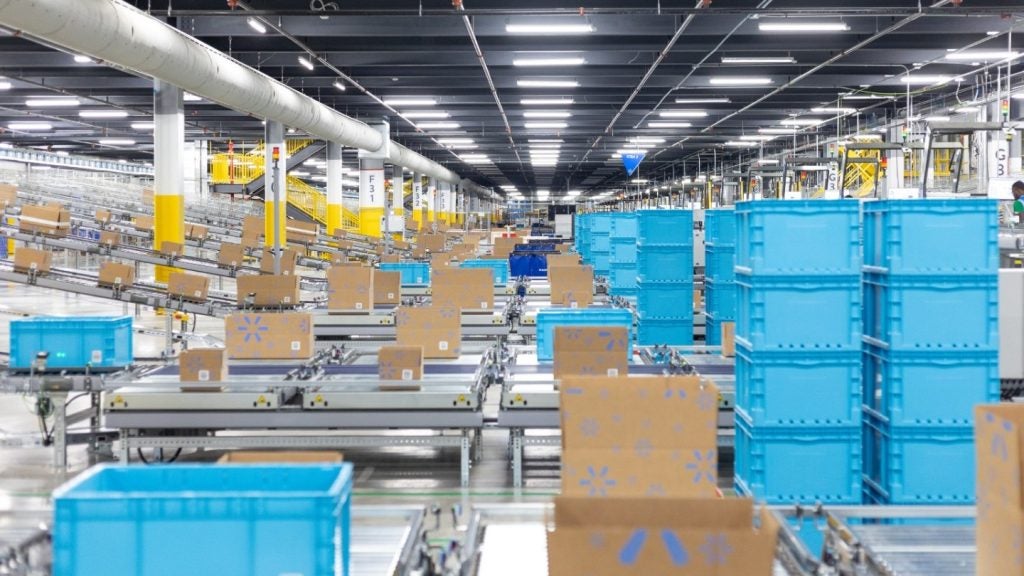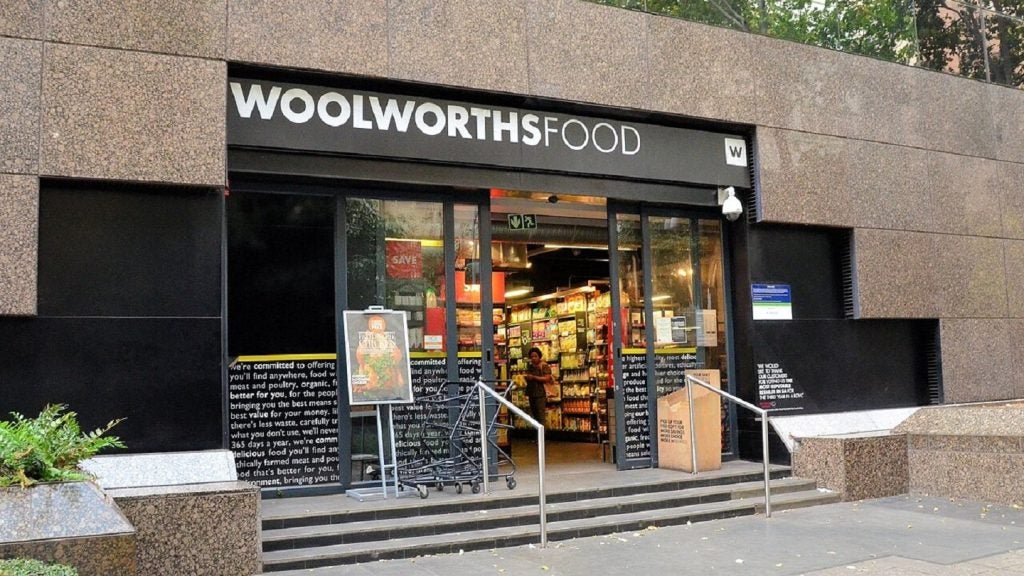According to the Insolvency Service, a UK government agency, between 1 July 30 September Q3 2023 there were 6,208 (seasonally adjusted) registered company insolvencies.
After seasonal adjustment, the number of company insolvencies in Q3 2023 was 2% lower than in Q2 2023, but 10% higher than in Q3 2022.
The last two quarters saw the highest quarterly insolvency numbers since Q2 2009 and the highest numbers of creditors’ voluntary liquidations since the start of the series in 1960. The numbers of compulsory liquidations and administrations increased to levels last seen before the COVID-19 pandemic.
In the 12 months to Q3 2023, insolvencies jumped 52% in the retail industry.
Major recent cases include Wilko’s collapse, and Planet Organic, which Sainsbury’s bid for.
Reasons for rise in retail company insolvencies
Robyn Duffy, senior analyst for consumer markets at audit, tax, and consulting firm RSM UK emphasises high inflation, an increase in input costs and a lack of labour as major factors for insolvency.
“If we look at the data, we can expect that a peak in insolvencies has now been reached across both sectors.
“In the retail sector, many businesses have made significant efforts to drive down excess stock throughout 2023, which will have helped ease pressures on balance sheets. This, coupled with the easing of input costs certainly paints a rosier picture on the supply side for these businesses.”
Duffy concludes that “The outlook for demand is also looking more promising with consumers’ real earnings in growth, interest rates looking likely to have reached their peak, and prices coming back down to more normal levels. There are certainly reasons to feel optimistic in both sectors at present.”















